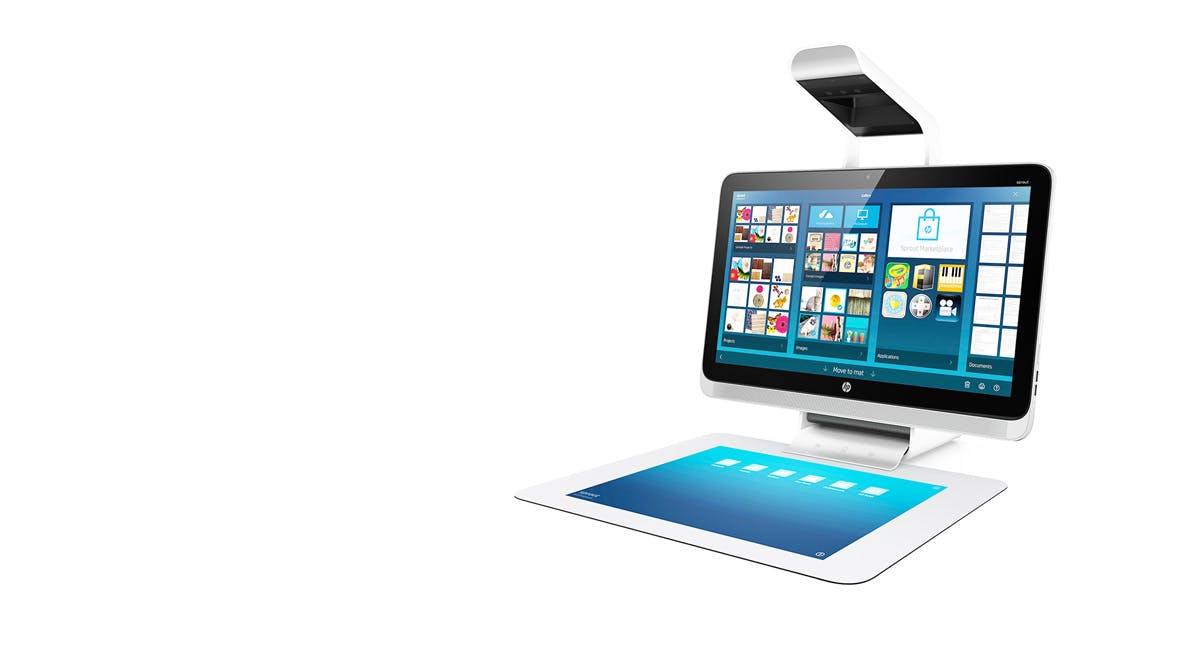Combine, separate or connect?
The urge to merge technologies can lead to really cool stuff ... and really stupid stuff, too.
Combine, separate or connect?
Let's build something together.
Biggest Innovations in 2022 That Influenced Product Design
A coffee pod system without a plastic pod. Headphones that read your mind. A touch-sensitive prosthetic hand. Check out the biggest innovations to influence product design in 2022.
Read more
What Mini Electronics Are Inside Tiny Wearables?
We opened up wearables from leading companies to see how so much was packed into something so little.
Read more
15 Biggest Innovations of 2021 to Influence Product Design
We asked our staff to nominate the biggest innovations of the past 12 months that will have an influence on product design.
Read more
13 Biggest Innovations of 2019 To Influence Product Design
Robots unleashed; the emergence of hearables; sustainable plastics and processes — we weigh in the biggest innovations of 2019 to influence product design.
Read more
Why is the Roomba so expensive? Why are the knock-offs so cheap?
What happens when all the engineers from Delve's three offices gather in Madison? We buy stuff and tear it apart to understand how it is made. Our product of choice? The robotic vacuum.
Read more
From rockets to fidget spinning: 2017 year in review
Dave Franchino takes a whirlwind tour of a crazy year ... and that includes product design and tech.
Read more
